Keratoplasty (Corneal Transplant)
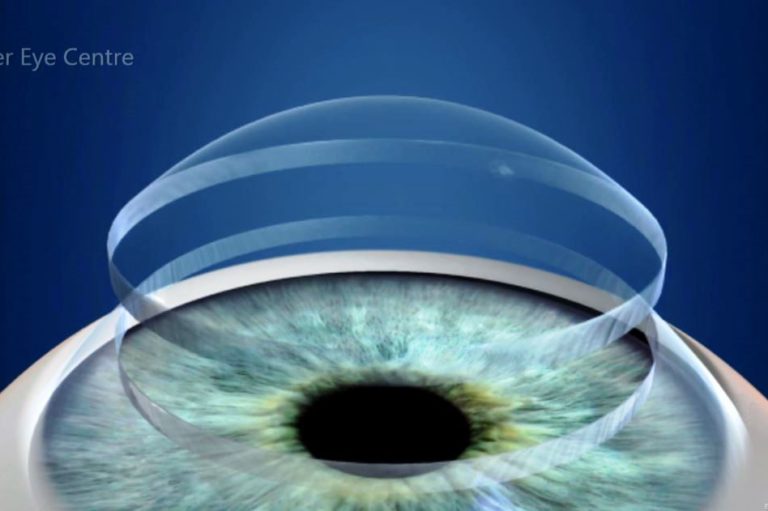
WHAT IS CORNEAL TRANSPLANT (KERATOPLASTY)?
A corneal transplant, or Keratoplasty, is a surgical procedure that replaces a damaged or diseased cornea with healthy tissue from a donor.
The corneal tissue comes from a recently deceased, registered tissue donor.
These corneal tissues are thoroughly assessed by various international Eye banks to determine the quality of tissue and to rule out other diseases like Hepatitis, HIV and other infections.
Eye banks ensure that the material does not grow any bacteria and puts them through stringent quality control before releasing the corneas. The diseased cornea is then replaced by a healthy one.
What are the indications of Corneal Transplant?
-Keratoconus
-Corneal scar due to previous injury or infection
-Corneal dystrophy or corneal degeneration
-Any cataract surgery where cornea is decompensated
-Any hepatitis Keratitis healed keratitis
What is the success rate of the Keratoplasty operation?
Compared to other transplants in the body, such as lung transplants, liver transplants, bone marrow transplants etc. Corneal transplants have the highest success rates because the cornea does not have a blood supply so the chances of rejection are removed.
In our experience, corneal transplant has a success rate of more than 95%. In order to achieve good results, it is essential to get good donor tissue which Laser Eye Centre insists on.
Once the operation has been completed, patients must attend regular follow-up appointments and will need to keep adding special eye-drops to keep the new cornea healthy.
There are two types of Keratoplasty operation:
1. Traditional Penetrating Keratoplasty (PKP)
2. Lamellar Keratoplasty
1. PENETRATING CORNEAL TRANSPLANT (PKP KERATOPLASTY)
PKP is done when the endothelium of the cornea has ruptured causing it to become cloudy.
This cloudiness is because of the aqueous humor. Penetrating Keratoplasty is where whole graft of the cornea (only epithelium and superficial stroma) is removed from the recipient and replaced by a donor tissue then microscopic stitches are taken this is old but good technique which is also offered by Laser Eye Centre.

The above pictures show a patient who has had Penetrating Keratoplasty surgery.
The latest breakthrough in Keratoplasty is known as Lamellar Keratoplasty. There two types of Keratoplasty
-Manual Keratoplasty known as big bubble and the latest is Laser Assisted Lamellar Keratoplasty
THE LATEST INNOVATION IN KERATOPLASTY OPERATION: LASER ASSISTED CORNEAL TRANSPLANT (CLAT)
2. CORNEAL LAMELLAR ABLATION TRANSPLANT (CLAT)
Laser Eye Centre is the first Centre in East and Central Africa to offer this new technique. This is non-penetrative, and we retain the original bed of the recipient, replacing only the damaged keratonic cornea, leading to a remote chance of graft rejection and quick recovery.
Under the guidance of Tomography the Keratoconic cornea is ablated all around keeping 200 micron posterior bed intact. Ablation of the recipient is done under Topical anaesthesia with IRES 1000Hz IVIS laser and suturing of donor and recipient cornea is done under Peribulbar anesthesia. Similarly, donor cornea is prepared ablating from the endothelium side matching the recipient and interrupted microscopic sutures are taken.
This is done with IRES 1000Hz laser of IVIS technologies.
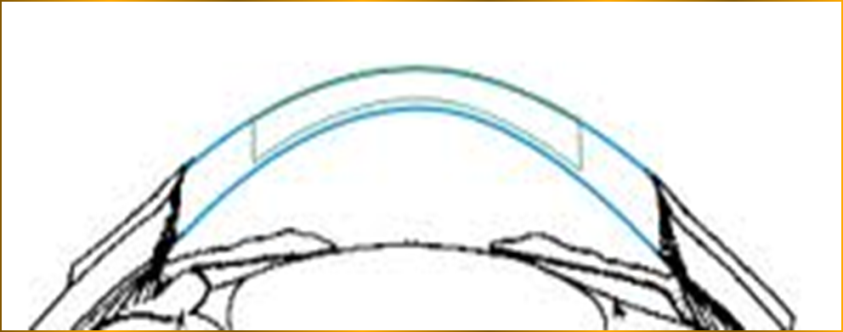
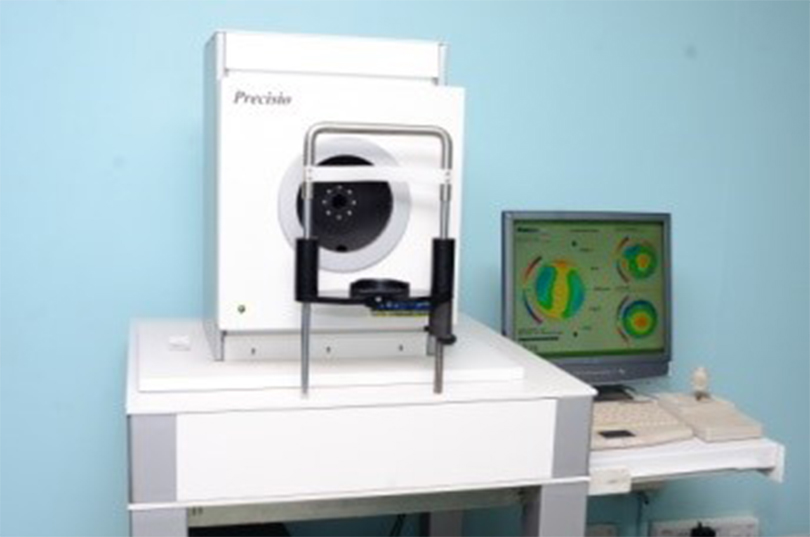
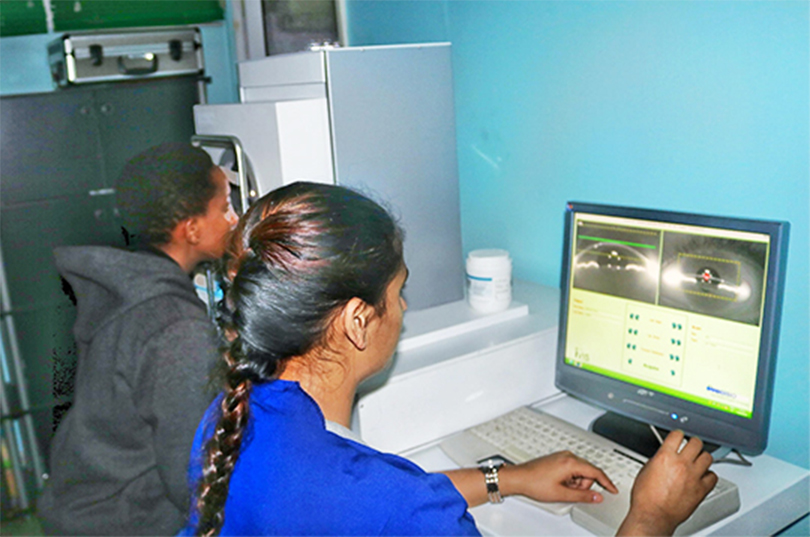

Tomography showing advanced Keratoconus
Tomography Test: This is the initial and final step of a close-loop surgical process that starts with the collection of the individual’ patient corneal data to plan the surgery. The Precisio will take the mapping of the cornea and diagnose Keratoconus.
PREPARATION OF RECIPIENT CORNEA
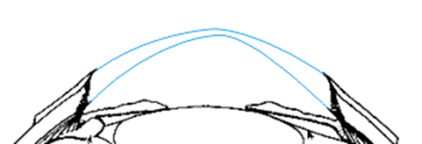
The receiving bed is created by calculating the intersection of the Pachymetry map and the Ideal Corneal Bed for the patient. This irregular volume is removed with the iRES laser

The new uniform thickness receiving bed now takes on membrane properties…
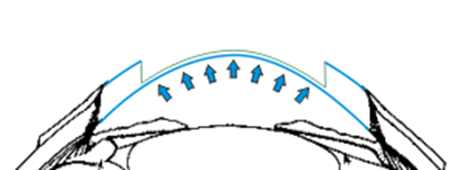
…with no cross sectional rigidity

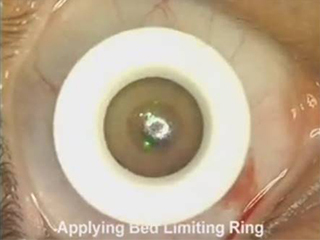
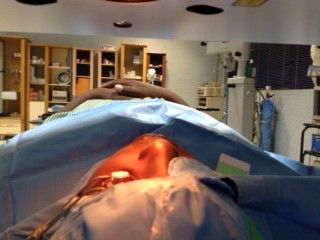
Recipient Ablation Profile
The ring allows the ablation in the recipient bed of exact diameter and protects ablation outside the diameter
Laser Machine is removing Keratoconus Tissue from the Recipient (Corneal Ablation).
PLEASE NOTE THE RING, THE ABLATION IS ONLY IN THE INNER PART OF THE RING.
PREPARATION OF DONOR CORNEA

The surgeon resizes the donor cornea thickness with the iRES laser from the endothelial surface by the amount of the residual cornea receiving bed thickness.

The iRES laser will use a laser trephination function to cut the donor perimeter to be precisely dimensioned to the diameter of the receiving bed.

The donor is inverted for positioning…
RoMA CUSTOM TRANSPLANTATION
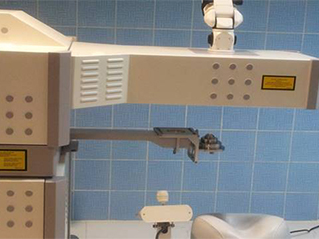
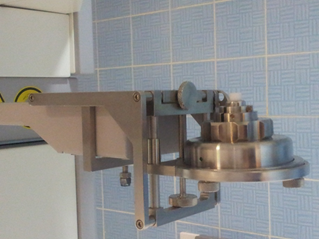
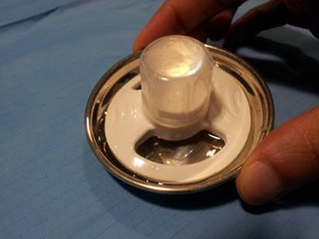
IVIS SUITE PLATFORM
MOIST CHAMBER FOR DONOR CORNEA.
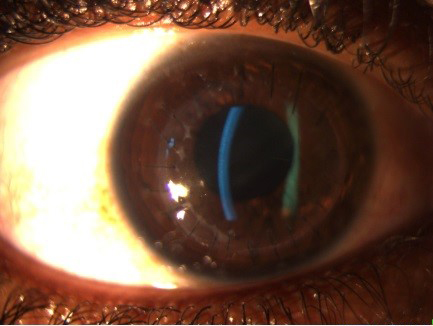
Advantages of Laser Assisted Lamellar Keratoplasty (CLAT):
- The Keratoconus is usually on the anterior 3/4 of corneal stroma and the healthier posterior stroma is reserved unlike big bubble technique
- Non-Perforative surgery
- Quicker and better healing
- Remote or fewer chances of graft rejection
- Less chances of Astigmatism than PKP
- Easy availability of tissue
- Clear interface
- After the Laser Assisted Lamellar Keratoplasty, the cornea is of uniform thickness and thicker than the big bubble technique so at a later stage surgical induced Astigmatism can be corrected to improve the patient’s vision.
In Conjunction with the Swiss Embassy, the Rotary club of Nairobi has started a charitable new project where free Laser assisted corneal transplants will be done for patients who are not able to afford this treatment, Laser Eye Centre and Dr. Mukesh Joshi will be offering their services free of charge.
Good news for previous corneal transplant patients; with laser, we can correct irregularities in the cornea to improve vision.
If the corneal transplant has already been done and the patient is not seeing very well, what can be done? If the cornea is clear and there is no rejection and the retina is normal, meaning there is irregular corneal distortion (post corneal transplant astigmatism), what can be done?
With the latest technology of C-Ten Laser available at Laser Eye Centre we can reshape the old corneal transplant and remove irregularities of the cornea so that vision can be improved rather than repeating a complete corneal transplant.
Laser Eye Centre’s Medical Director Dr. Mukesh Joshi is a pioneer of Keratoplasty in East Africa and has been performing transplants in Kenya for the last three decades. Laser Eye Centre was also the first centre to carry out Penetrating Keratoplasty as well as being the only Centre in East and Central Africa offering Laser assisted Corneal Transplant (CLAT).
